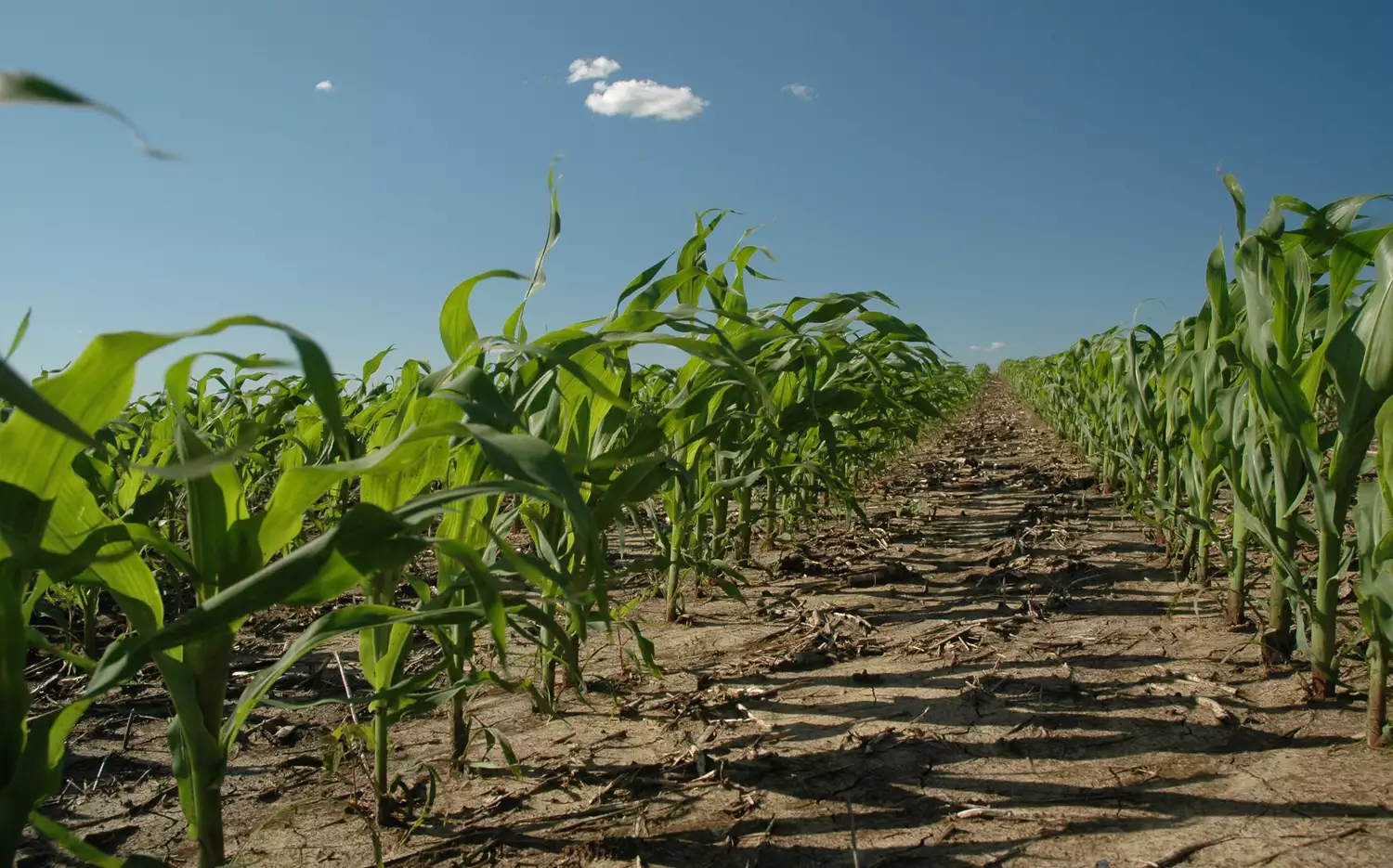Understanding ‘BB’ in Modern Agriculture: What the Numbers Tell Us in 2025

The agricultural industry pays close attention to the figures published every season, and one abbreviation stands out: bb. But what does “bb” mean in crop reports, and why is it important in 2025? This article explores recent USDA projections, clarifying the context and implications of the 'bb' metric in US and global agriculture.
What Does ‘BB’ Mean in Crop Forecasts?
In agricultural reporting, bb is shorthand for billion bushels. This unit is essential for measuring crop output at the national or global scale. When you read that the US is forecasting 15.8 bb corn or 4.34 bb soybeans, it means 15.8 billion and 4.34 billion bushels, respectively. Understanding ‘bb’ helps growers, traders, and policymakers interpret market signals and make informed decisions.
USDA’s Latest BB Projections for Key Crops
The most recent USDA reports provide insights into 2025–26 crop year expectations. Here are the highlights:
- Corn: The USDA predicts a robust crop of 15.8 bb. This marks an increase from the previous year’s output, with planted acres set to rise as well.
- Soybeans: The latest forecast sets soybean production at 4.34 bb, which is slightly down compared to 2024–25 but still substantial.
- Wheat: Production is projected at 1.921 bb, showing stability in the wheat sector.
Detailed numbers and commentary from analysts suggest that corn and soybeans are meeting or exceeding trade expectations. Wheat, however, is projected to have higher ending stocks, reflecting a nuanced balance between supply and demand.
Learn more about the context and reactions from market advisors in this in-depth USDA analysis.
Why BB Matters: Market Movements and Farmer Decisions
The bb measurement gives stakeholders a clear, standardized view of the market. High bb projections usually indicate plentiful supply, while lower numbers may point to potential shortages or shifts in demand. For instance:
- Record supplies of corn at 15.8 bb could drive prices down and encourage export opportunities.
- Tighter soybean stocks below 4.5 bb often lead to increased competition on global markets.
- Wheat at nearly 2 bb signals steady production, but as ending stocks grow, it may affect domestic prices and planting strategies next season.
The Global Perspective on BB in Agriculture
The United States is not alone in tracking these numbers. On a worldwide scale, the USDA estimates global corn production at 1,264.98 million metric tons and soybeans at 426.82 million metric tons for 2025–26. Looking specifically at bb measures helps analysts spot trends, compare regions, and anticipate supply chain impacts, especially when factoring in big players like Brazil and Argentina.
Key Takeaways and What to Watch
Using ‘bb’ as a unit creates clarity in agricultural forecasting. With the 2025–26 season shaping up to be strong for corn and stable for soybeans and wheat, farmers and traders are watching the numbers closely. If you want to dig deeper into these predictions, comprehensive breakdowns are available in the official USDA Crop Production and WASDE reports.
In summary, understanding what ‘bb’ means—and how it’s used—can help you navigate the complexities of modern agriculture. Stay tuned for further updates as new data emerges, and consider how these billions of bushels will impact your bottom line and the strategies you pursue this season.